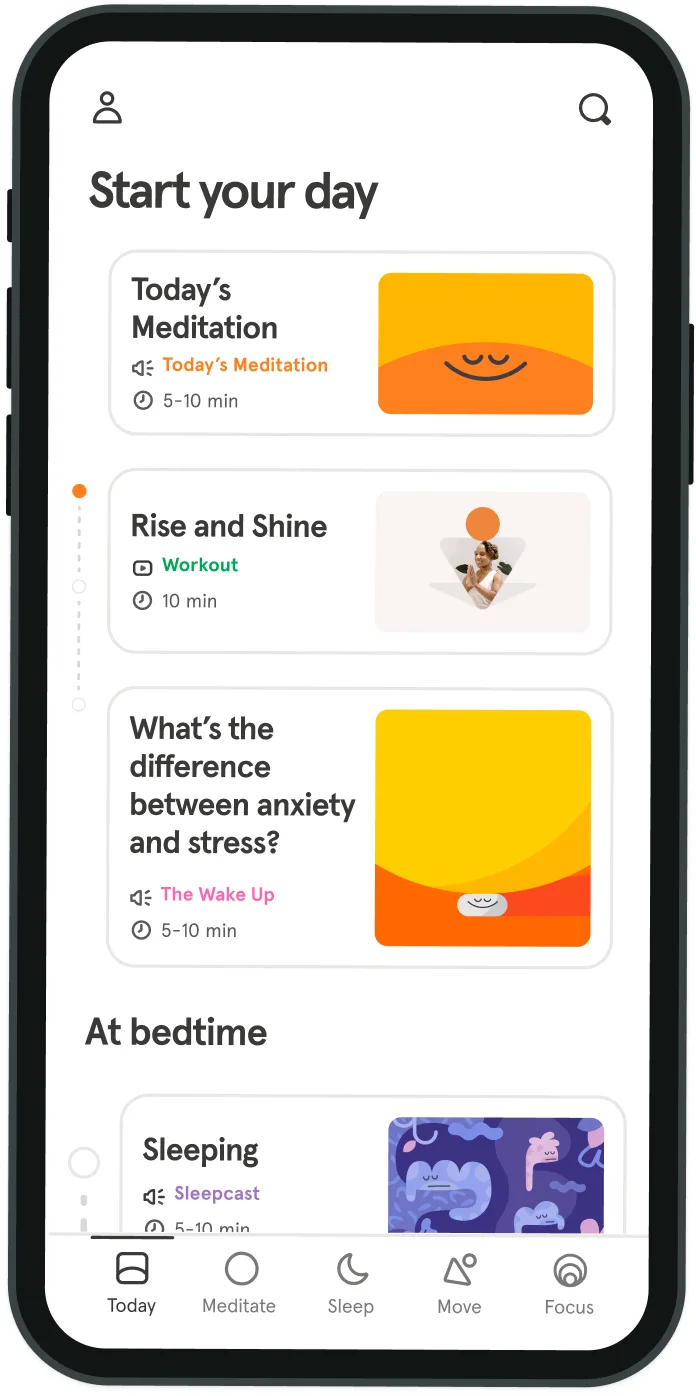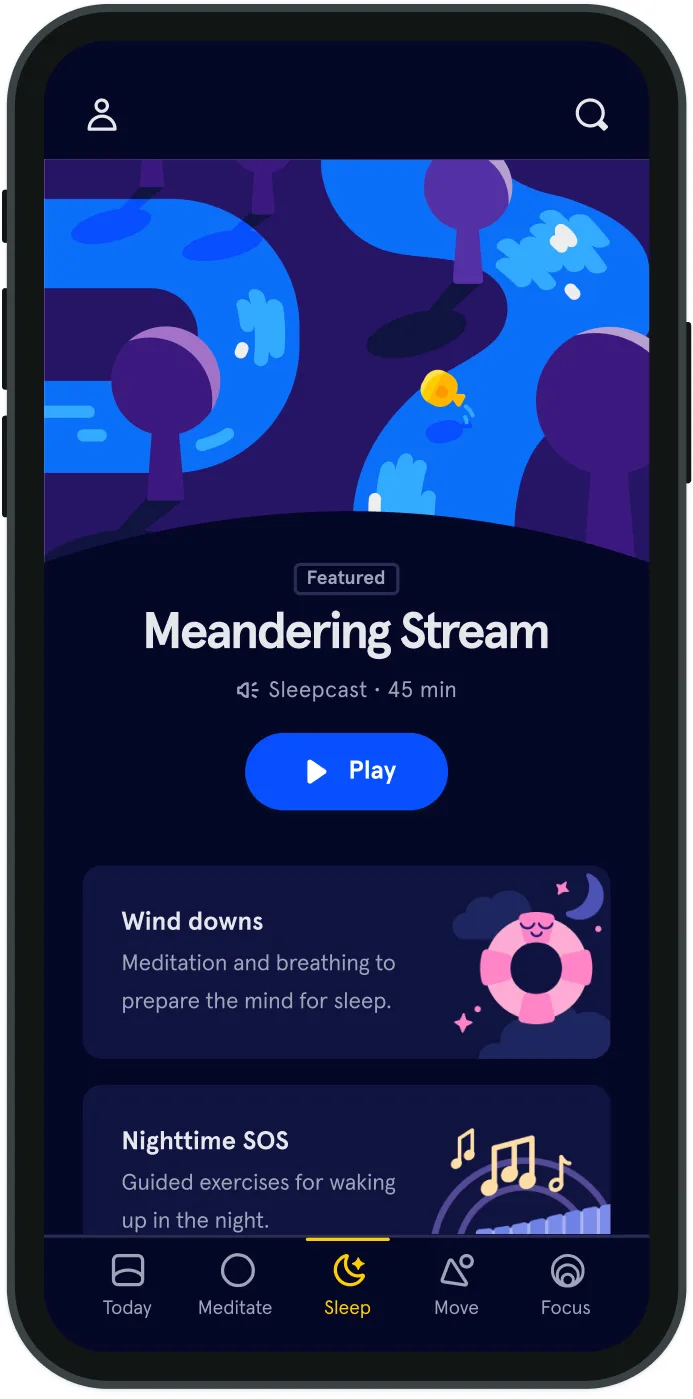Building a community on compassion
While this may sound like a bit of a shock, given the state of world news these days, there have been human communities and societies that grew their strength based on compassion.
While this may sound like a bit of a shock, given the state of world news these days, there have been human communities and societies that grew their strength based on compassion. For instance, the Iroquois Nation were masterful at creating community and resolving conflict - but only after they established a peace agreement that proved remarkably durable. With this agreement, the tribes of the larger Iroquois Confederacy were able to maintain peace for over three hundred years, virtually eliminating war between the member nations until their demise during the American Revolution3. They were exemplary at dealing with conflict and grief. A ceremony known as the “Condolence Council” was a program of dealing with grief in which one half of society (those unaffected) condole the other half (whose minds are depressed with grief) so they can be continue their normal obligations to society. This process, which was known as ‘lifting up their minds,” was done in a gentle way, without using too much power, and involved all members of the community at once. When they had to deal with everyday misunderstandings, they actually played a bit of role-reversal, in which one person had to articulate the other person’s feelings until he understood the other’s point. On top of being a collaborative community, they had a sense of camaraderie among all members. “My People,” in Iroquois society, meant everyone in their larger nation, including strangers, the unborn and the deceased. “My Nation,” a confederation symbolic of kin and territory. And so with these attributes, they formed a collective of tribes, with each person being an integral and respected part of society.
Us vs. them
Over time, the Iroquois identity became more inclusive and less exclusive; outsiders became insiders, once-distinct artworks became progressively uniform and social identification reflected a unifying view of all Iroquoians as ‘relatives.’ How was such a large group of individuals able to form a strong community of kinship when human behavior so often reflects the ‘us-versus-them’ mentality that fuels intergroup hostility? In my last post, I discussed the effects of stereotyping on kindness. Collaboration is on the other end of the spectrum — these are two opposing forces working to either prevent or support the building of strong communities. Enter oxytocin, the ‘love’ hormone. I’ve written and talked about it’s benefits for bonding and compassion. But it also has a dark side (goes to show the complexity of hormones!). A recent Dutch study4 found that people who received a dose of oxytocin increased their ‘in-group favoritism,’ resulting in discrimination against those not in their group. Another finding shows oxytocin strengthens bad memories, increasing fear and anxiety5. Yet another study suggests it could even facilitate domestic violence in aggressive individuals6. So while oxytocin helps you bond and love others, it could also make you fearful of strangers and ethnocentric. Compassion is difficult to understand, and even harder to implement! The practice of meditation often has the nice side effect of boosting our overall compassion. But it takes practice and diligence. Imagine a world today where our own compassion has a knock-on effect, helping us build sustainable communities worldwide. We are lucky to live in a world where we can connect to people on the other side of the world, sharing our ideas and values. Let’s take that opportunity and engage our collective compassion muscles to make our home a better place. REFERENCES
3. Fry, D. P. (2012). Life without war. Science, 336(6083), 879-884.
4. C.K.W. De Dreu, et al. (2012). Oxytocin modulates selection of allies in intergroup conflict. Proceedings of the Royal Society B-Biological Sciences, 279(1731), 1150-1154. doi: 10.1098/rspb.2011.1444
5. Guzmán, YF., et al. "Fear-enhancing effects of septal oxytocin receptors." Nature neuroscience 16.9 (2013): 1185-1187.
6. DeWall, C. N., et al. (2014). When the Love Hormone Leads to Violence Oxytocin Increases Intimate Partner Violence Inclinations Among High Trait Aggressive People. Social Psychological and Personality Science, 1948550613516876.
For instance, the Iroquois Nation were masterful at creating community and resolving conflict - but only after they established a peace agreement that proved remarkably durable. With this agreement, the tribes of the larger Iroquois Confederacy were able to maintain peace for over three hundred years, virtually eliminating war between the member nations until their demise during the American Revolution3. They were exemplary at dealing with conflict and grief. A ceremony known as the “Condolence Council” was a program of dealing with grief in which one half of society (those unaffected) condole the other half (whose minds are depressed with grief) so they can be continue their normal obligations to society. This process, which was known as ‘lifting up their minds,” was done in a gentle way, without using too much power, and involved all members of the community at once. When they had to deal with everyday misunderstandings, they actually played a bit of role-reversal, in which one person had to articulate the other person’s feelings until he understood the other’s point. On top of being a collaborative community, they had a sense of camaraderie among all members. “My People,” in Iroquois society, meant everyone in their larger nation, including strangers, the unborn and the deceased. “My Nation,” a confederation symbolic of kin and territory. And so with these attributes, they formed a collective of tribes, with each person being an integral and respected part of society.



Be kind to your mind
- Access the full library of 500+ meditations on everything from stress, to resilience, to compassion
- Put your mind to bed with sleep sounds, music, and wind-down exercises
- Make mindfulness a part of your daily routine with tension-releasing workouts, relaxing yoga, Focus music playlists, and more
Meditation and mindfulness for any mind, any mood, any goal

Stay in the loop
Be the first to get updates on our latest content, special offers, and new features.
By signing up, you’re agreeing to receive marketing emails from Headspace. You can unsubscribe at any time. For more details, check out our Privacy Policy.
- © 2025 Headspace Inc.
- Terms & conditions
- Privacy policy
- Consumer Health Data
- Your privacy choices
- CA Privacy Notice
